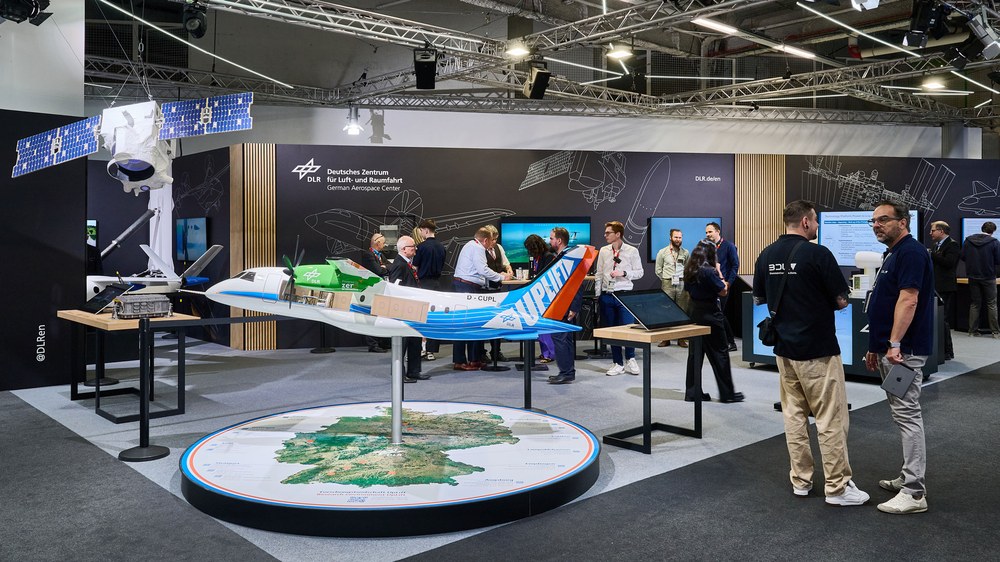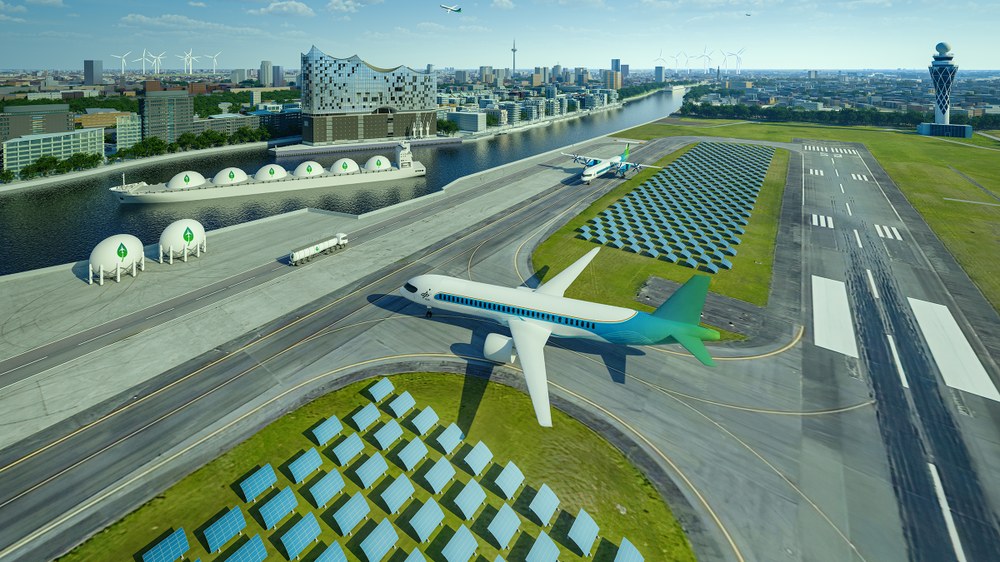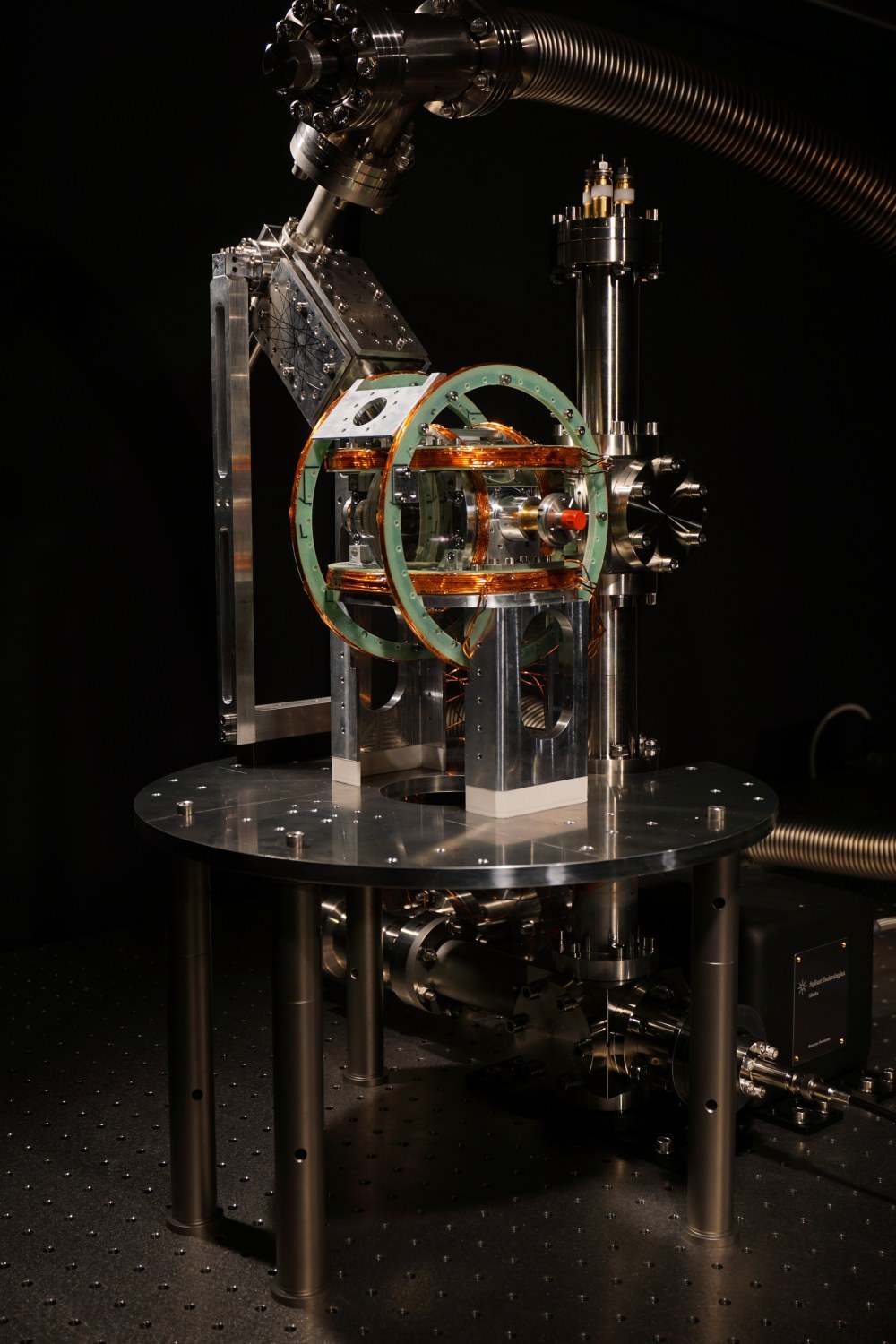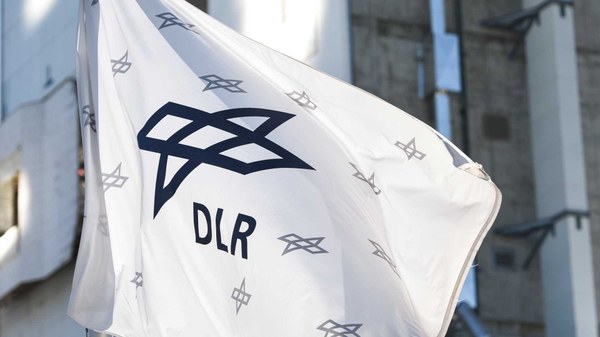Paris Air Show 2025 – DLR in Le Bourget

DLR / Leon Jakobs


S.P. Haase/Leibniz University Hannover (all rights reserved)
- DLR will showcase current research projects in aviation, space, energy, transport, security and defence at the Paris Air Show 2025 in Le Bourget.
- The Paris Air Show is one of the world's most important international platforms for showcasing innovation and fostering dialogue between industry and policymakers.
- DLR invites visitors to experience cutting-edge research and explore new cooperation opportunities at the German joint stand shared with the BDLI (Hall 2C, C357).
- Focus: Aviation, space, energy, transport, security, Earth observation
From 16 to 22 June 2025, the German Aerospace Center (Deutsches Zentrum für Luft- und Raumfahrt; DLR) will present its current research projects at the Paris Air Show in Le Bourget. At Hall 2C, Stand C357, DLR will offer insights into developments in aviation, space, energy, transport, security and defence. Models, demonstrators and technologies will show how sustainable air travel, advanced mobility concepts and innovative space solutions are being developed. Highlights include reusable rocket stages, an innovative ultralight aircraft, industrial-scale production of sustainable fuels, integrated aircraft development for climate-compatible aviation, new satellite-based Earth observation technologies and concepts for next-generation military aircraft.
"Security and defence, forward-looking space applications and a competitive, climate-compatible aviation sector are key issues for the sovereignty of Germany and Europe," says Anke Kaysser-Pyzalla, Chair of the DLR Executive Board. "DLR is making decisive contributions in all of these fields – through research and development, technology transfer to industry and knowledge exchange with stakeholders and authorities. At the Paris Air Show, we are showcasing DLR's capabilities – on the ground, in the air and in space."
Walther Pelzer, Member of the DLR Executive Board and Director General of the German Space Agency at DLR, adds: "The Paris Air Show not only reflects the industrial strength of the European aerospace sector, but also demonstrates what Franco–German friendship can achieve for Europe and the world. Our two nations form a strong alliance within ESA and will play a central role in ensuring the success of ESA's upcoming Ministerial Council in Germany this November. Our bilateral efforts also remain strong – our joint MERLIN mission, scheduled for launch in 2028, will contribute significantly to a better understanding of climate change by measuring methane concentrations in the atmosphere. Our partnership with CNES also reinforces an important truth – only through European and international cooperation in space can we meet the challenges of the future."
UpLift – a flying lab for climate-compatible aviation technologies
DLR's D328® UpLift research aircraft is a versatile flying test platform. Used to test alternative propulsion and fuels – including fully synthetic fuels and hydrogen – it is paving the way for a more climate-compatible aviation sector. As a flexible addition to Europe's largest civilian research fleet, D328® UpLift is available to national industry, SMEs, start-ups and research organisations to test new, environmentally-compatible fuels and propulsion technologies under real flight conditions. A model of the research aircraft will be displayed at the DLR stand.
ALICIA – the digital platform for aircraft development
To support climate-compatible and competitive aviation, DLR is developing ALICIA – a digital platform that enables the comprehensive evaluation of future scenarios, helping to form a sound basis for policy and industrial decision-making. The platform supports data-driven analyses of the environmental, economic and social impacts of innovative aircraft technologies across the entire lifecycle and at all levels, from individual aircraft to airports and global aviation systems.
Muuv – the next-generation ultralight aircraft
Muuv, a DLR spin-off, is developing a hybrid-electric ultralight aircraft that flies more quietly, efficiently and is more climate-compatible than today's models. At the heart of the system is a combination of battery-powered propulsion and a range extender, enabling up to five hours of flight time at half the operating cost of comparable models. Designed to meet the real-world needs of general aviation, it offers a 90-minute electric standard range and extra flexibility as required thanks to the hybrid boost. At the Paris Air Show 2025, the HyBird electric demonstrator – Muuv's technological foundation – will be on display. The HyBird concept and design was originally developed by a student team from the University of Stuttgart, including the Muuv founders, as part of the German–US DLR/NASA Design Challenge, which they won. The ultralight aircraft marks an intermediate step toward developing an uncrewed aerial vehicle (UAV) for transporting critical goods to hard-to-reach areas.
CALLISTO landing leg – a critical component of reusable rockets
The CALLISTO project – a cooperation between DLR, CNES and JAXA – is demonstrating a reusable rocket first stage. A model of its landing leg will be shown at Le Bourget – an essential component for the demonstrator's autonomous vertical landing. The design focuses on lightweight construction, shock absorption and maximum reusability of components. CALLISTO serves as a testbed for future vertical take-off and vertical landing (VTVL) launch systems.
MERLIN – laser tech for tracking atmospheric methane
MERLIN is a German–French Earth observation satellite for measuring methane in the atmosphere – a particularly harmful atmospheric gas. A 1:2 scale model of the satellite and a full-scale model of its laser payload will be on display at the DLR stand. At the mission's core is the IPDA-LIDAR laser developed by DLR in collaboration with the Fraunhofer Institute for Laser Technology ILT. MERLIN is set to deliver precise data on global methane emissions, making a significant contribution to climate protection.
CMOS-TDI detector – a new standard for Earth observation
DLR is presenting its CMOS-TDI detector 8000 – a miniaturised sensor system for next-generation satellite missions. The technology enables high-resolution, multispectral Earth observations with an elevenfold improvement in signal-to-noise ratio. The model exhibited at the Paris Air Show is based on an 8000-pixel CMOS (complementary metal-oxide semiconductor) design, developed jointly by DLR and collaborators in industry and research for future spaceborne instruments.
Power-to-Liquid fuels – sustainably synthetic fuels
DLR is presenting the largest research facility to date for the production of electricity-based fuels via its Technology Platform for Power-to-Liquid Fuels (TPP). These fuels – known as sustainable aviation fuels (SAF) – are intended for use in existing engines. At the DLR stand at the Paris Air Show 2025, visitors can explore, among other things, the topic of fuel design by simulating how changes to a fuel's formulation affect its combustion and emissions during flight. The aim of the TPP research facility is to further develop and test technologies and processes for producing electricity-based fuels. The fuels are also comprehensively assessed, and their properties are optimised for future applications in aviation, at sea and in heavy-goods transport by road.
Intermodal travel – aviation in tomorrow's mobility networks
With the 'Air travel in an intermodal context' exhibit, DLR is illustrating the role of aviation in connected transport systems. Models and case studies from Germany and its neighbours show how airports can function as 'multimodal hubs', seamlessly linking with rail and road networks. The goal: sustainable, resilient mobility with streamlined transfers. Visitors to the DLR stand can learn about the functionality and potential of multimodal modelling and gain real insights into the possibilities and challenges of intermodality in aviation.
Mobility Lab – simulating traffic before it happens
The DLR Mobility Lab enables virtual planning and evaluation of new mobility concepts – from the use of autonomous vehicles to redesigning transport networks. Simulations show the impact of, for example, propulsion technologies and traffic management on emissions, noise and accessibility. At the DLR stand, visitors can see how data-driven models support the development of more efficient and targeted transportation systems.
WingMates – aerial teamwork as crewed meet uncrewed systems
WingMates is a DLR project developing next-generation military aircraft concepts. The focus is on a highly agile, crewed 'Future Fighter Demonstrator' with an innovative engine, and 'Muldicon' – an uncrewed flying wing aircraft (Uncrewed Combat Air Vehicle; ACAV) designed for stealth and aerodynamic efficiency. Both systems are designed to operate in networked and cooperative formations, creating the basis of a modern, digitally networked air defence system that intelligently combines crewed and uncrewed platforms. DLR's research supports future European defence programmes and demonstrates how high-tech combat aircraft could operate as a team.
INTENTAS – quantum technology for space
DLR's INTENTAS project is developing highly precise quantum sensors for space applications. The aim is to develop a new type of atomic interferometer that uses ultracold entangled atoms to detect changes in gravity and inertial forces with exceptional sensitivity. The technology is currently being tested under space-like conditions in the Einstein Elevator in Hanover. Thanks to a new all-optical cooling method and spin-based entanglement, INTENTAS promises significantly improved measurement accuracy, opening up new applications in navigation, Earth observation and fundamental research – such as mapping Earth's gravity field and advancing satellite-based systems. INTENTAS is a decisive step towards quantum sensor technology in orbit.
Paris Air Show – an international stage for aerospace research
The Paris Air Show in Le Bourget is one of the world's most important aerospace trade fairs. It brings together industry, research, policymakers and media, offering a central platform for international exchange on innovation, technology and future trends. For DLR, the event is an opportunity to present its research and technological developments to global experts, strengthen international collaboration and shape progress in sustainable aviation and spaceflight as well as in the fields of energy, transport, security and defence.

